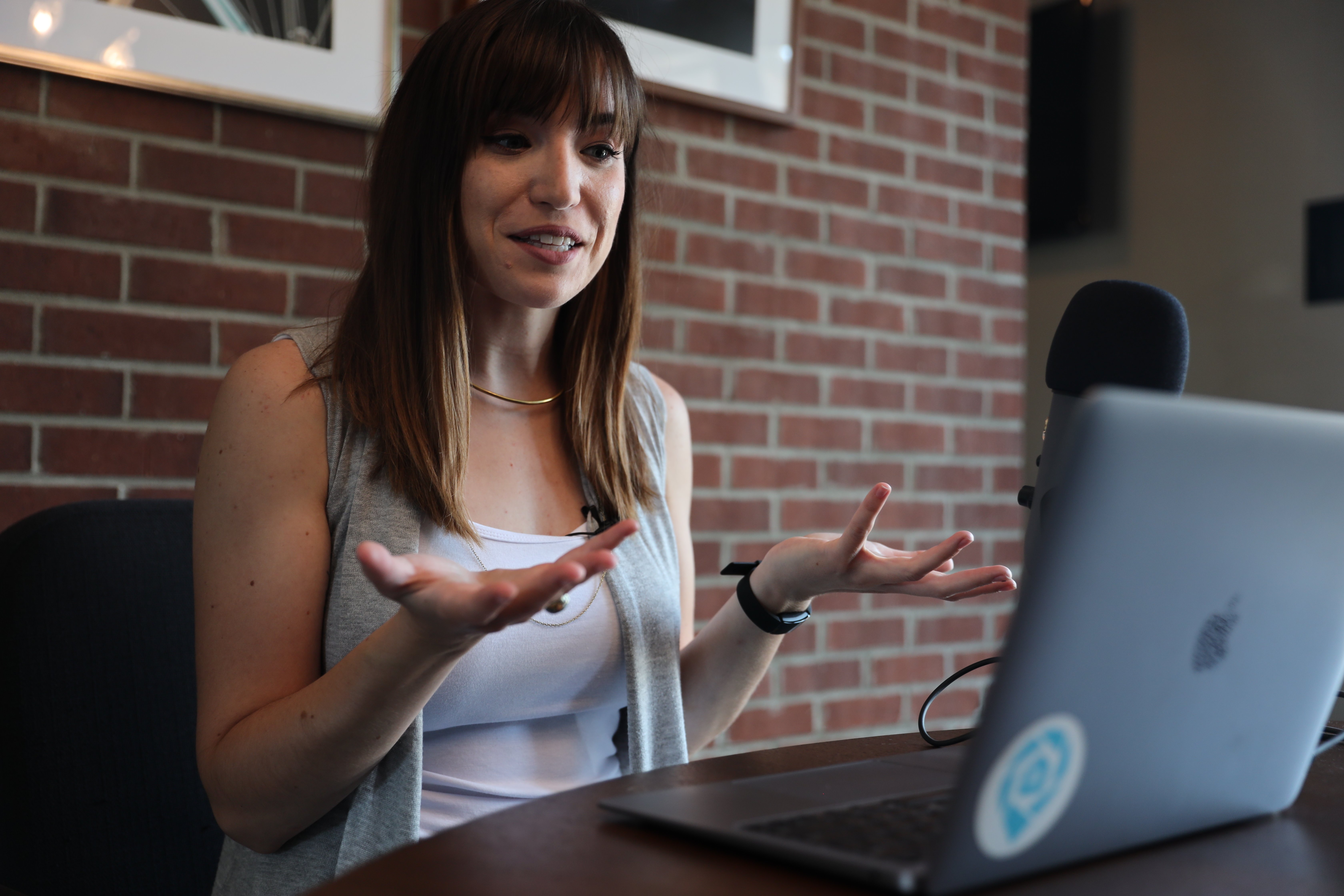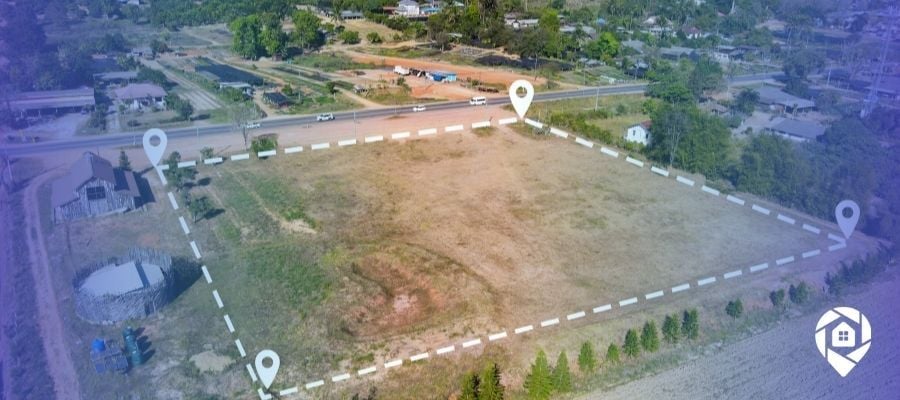
Cap Rate vs ROI : What’s the Difference?

Among the different metrics real estate investors use to analyze potential real estate investments, ROI and cap rate are two of the calculations most often used. That said, they are often the most misunderstood, or they are confused for one another.
In short, a capitalization rate (aka cap rate) is a profitability metric that tells you how much return you can expect from a particular investment. That said, a cap rate isn’t the same as return on investment (ROI), which is a different number that tells you based on your invested amount, what your return will be.
When investing in rental properties, you need to understand these distinctions. In this article we’ll take a look at how each one works, to help better understand the difference between ROI and cap rate in real estate.
What is ROI in Real Estate?
Real estate ROI (return on investment) is expressed as a percentage and compares the amount of annual return generated to the amount of money invested.
ROI takes into account the cost of financing, and can be used for all types of real estate investments, including property upgrading and renovation, short-term fix-and-flips, and long-term buy-and-holds.
Generally speaking, the lower the cost of a property is, the higher the ROI will be, everything else being equal. If a property has positive cash flow the ROI will be a positive percentage, and if the cash flow is negative the ROI will be a negative percentage.
What is Cap Rate in Real Estate?
Cap rate (also known as capitalization rate) is also expressed as a percentage, and measures the rate of annual return from a property by comparing the annual net operating income (NOI) to the market value or price paid for a property.
The cap rate calculation assumes a property is purchased for cash, which means cap rate does not factor in the cost of financing or annual debt service. Cap rate is best used for comparing similar properties in the same marketplace, such as two single-family rental homes.
Cap rate uses net operating income generated from rent collected. That means cap rate can’t be used for properties where there is no rental income, such as property flips. As a rule of thumb, the higher the cap rate is the more profitable an investment may be, provided that the potential risks of alternative investments are the same.
ROI vs Cap Rate: Key Terms to Know
There are three important terms to know when calculating ROI and cap rate:
Market value
Market value is the price paid for a property (or the price that will be paid), or the current property valuation, which can increase or decrease over time.
Net operating income
Net operating income (NOI) is the amount of rental income collected minus normal operating expenses such as property management, maintenance, insurance, and property taxes. However, NOI does not include mortgage payments, capital expenses, or non-cash depreciation expense.
Cash flow
Cash flow is the actual cash remaining at the end of each period after deducting for all cash expenses, including normal operating expenses, mortgage payments, and capital expenses.
How to Calculate ROI
ROI compares the amount of annual return to the amount of cash invested using the following formula:
- ROI = Annual Return / Total Investment
Let’s assume an investor purchases a property for $150,000 using a 25% down payment ($37,500) and receives a loan to finance the rest, with an annual mortgage payment of $6,450 including principal and interest.
The property rents for $1,500 per month or $18,000 per year, and operating expenses equal 38% of the rental income collected or $6,840, for an NOI of $11,160
To determine the ROI, our investor first has to calculate the annual return by subtracting the mortgage payment from the NOI. Then, the ROI is calculated by dividing the annual return by the total investment, which is the down payment made:
- Annual return = $11,160 NOI - $6,450 mortgage payment = $4,710
- ROI = $4,710 annual return / $37,500 down payment = 12.6%
What is a Good ROI?
A good ROI for one investor may be a poor return on investment for another. That’s because ROI measures the dollars received to the dollars invested, and how an investment may grow over time compared to the cash invested.
If there are no alternative investments with the same risk profile that generates a return of 12.6% for a cash investment of $37,500, an investor may consider the ROI to be good.
How to Calculate Cap Rate
Cap rate measures the rate of return to the price of a property and assumes a property is purchased with all cash. The cap rate formula is a multi-purpose formula that can be used to calculate the rate of return, what a property’s market value should be, and what the net operating income should be.
In the following examples, we’ll use the same rental property that we used to calculate ROI:
Using Cap Rate to Calculate Rate of Return
- Cap Rate = NOI / Market Value
- $11,160 NOI / $150,000 market value = 7.4%
In this example, the property is generating an annual rate of return of 7.4%.
Using Cap Rate to Calculate Market Value
The cap rate formula can also be used to calculate what the property market value should be based on the NOI generated and the cap rates for similar properties in the same market. If a property generates an NOI of $13,000 per year and the market cap rate is 8.5%, the market value of the property is:
- Cap Rate = NOI / Market Value
- Market Value = NOI / Cap Rate
- $12,000 NOI / .085 cap rate = $141,176 market value
Using Cap Rate to Calculate NOI
The NOI that a property should generate can be determined by rearranging the cap rate formula. Let’s assume the market value of a property is $120,000 and the market cap rate for similar properties is 6%:
- Cap Rate = NOI / Market Value
- NOI = Market Value x Cap Rate
- $120,000 market value x .06 cap rate = $7,200 NOI
What is a Good Cap Rate?
As a rule of thumb, the higher the cap rate is the better, because the potential rate of return is higher. However, cap rate can also vary based on the potential risk of an investment.
For example, a newly-built property with the latest amenities will be more expensive to purchase, so the cap rate will be lower. But, the property should attract the most qualified tenants and require fewer repairs, so both the vacancy rate and operating expenses should be low.
On the other hand, an older property may offer a higher cap rate, but with higher potential risk. Because the property is old, operating expenses will likely increase every year, decreasing the NOI. It may also become more difficult to find a good tenant, which may mean the NOI will go down even more each year due to increased vacancy.
When to Use ROI and Cap Rate in Real Estate
Investors decide when to use ROI and cap rate based on the type of property being analyzed. Both ROI and cap rate can be used for income-producing properties, but cap rate can’t be used for a property that does not have an NOI, such as a fix-and-flip:
ROI
- Use for property with or without a rental income
- ROI = Annual Return / Total Investment
- Measures overall rate of return including mortgage payment and capital expenses
- ROI varies based on the down payment or amount of cash invested
Cap Rate
- Use for income-producing property
- Cap Rate = NOI / Market value
- Measures rate of return excluding mortgage payment and capital expenses
- Cap rate does not change based on the down payment or cash invested
Closing Thoughts
Real estate investors use both ROI and cap rate to analyze potential rental property returns. ROI provides a more comprehensive view of potential returns by taking into account factors such as the size of the down payment, financing, and capital repairs and updating.
On the other hand, cap rate is a simpler but highly useful formula used to calculate the current or potential annual rate of return from a rental property.
When building your prospective investment list using DealMachines’ List Builder, knowing when and how to use both these metrics helps you better understand when to make an offer or take a pass and move on to the next deal. Learn more about additional real estate metrics every real estate investor should know!

About David Lecko
David Lecko is the CEO of DealMachine. DealMachine helps real estate investors get more deals for less money with software for lead generation, lead filtering and targeting, marketing and outreach, and acquisitions and dispositions.



